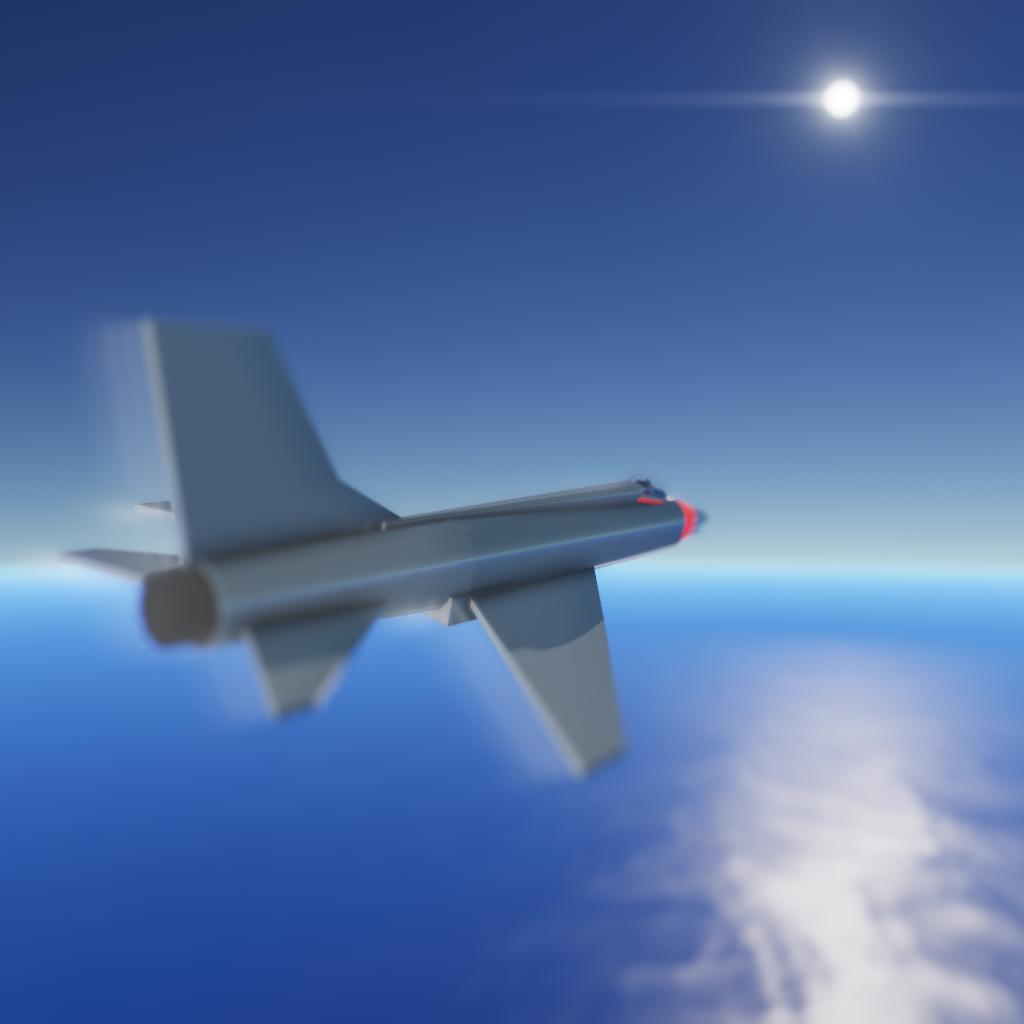Control
AG 1 - Engine
AG 2 - Canopy
AG 8 - Landing Gear
Slider 1 - Flap
Real life :
The North American F-100 Super Sabre is an American supersonic jet fighter aircraft designed and produced by the aircraft manufacturer North American Aviation. The first of the Century Series of American jet fighters, it was the first United States Air Force (USAF) fighter capable of supersonic speed in level flight.[3]
The F-100 was envisioned during late 1940s as a higher-performance successor to the F-86 Sabre air superiority fighter.[4] Initially referred to as the Sabre 45, it was delivered as an unsolicited proposal to the USAF in January 1951, leading to two prototypes being ordered one year later following modifications. The first YF-100A performed its maiden flight on 25 May 1953, seven months ahead of schedule. Flight testing demonstrated both the F-100's promising performance and several deficiencies, which included its tendency of yaw instability and inertia coupling that led to numerous fatal accidents. On 27 September 1954, the F-100A officially entered USAF service, however, as a result of six major accidents occurred by 10 November 1954, the type was grounded while investigations and remedial work were conducted. The F-100 returned to flight in February 1955.
In response to the Tactical Air Command's (TAC) request for a fighter-bomber, the F-100C was developed, followed by the more capable F-100D. Several other models would be developed, including the two-seat F-100F supersonic trainer. As early as 1958, the USAF began to withdraw its F-100As, but returned them to service during early 1962 amid escalating world tensions. Many F-100s saw combat use during the Vietnam War before being superseded by the high-speed Republic F-105 Thunderchief in the strike mission. The F-100 flew extensively over South Vietnam as the air force's primary close air support aircraft until being replaced by the more efficient subsonic LTV A-7 Corsair II.[5] 242 F-100s of various models were lost over Vietnam. Several F-100As were rebuilt into RF-100A aerial reconnaissance aircraft. Several F-100Fs were modified into electronic warfare platforms. Several proposed models and derivatives, such as the F-100B interceptor and the F-107, did not proceed through to production.







Looks really nice. I saw the this in an air museum once. The shape is pretty accurate. Good job 👏